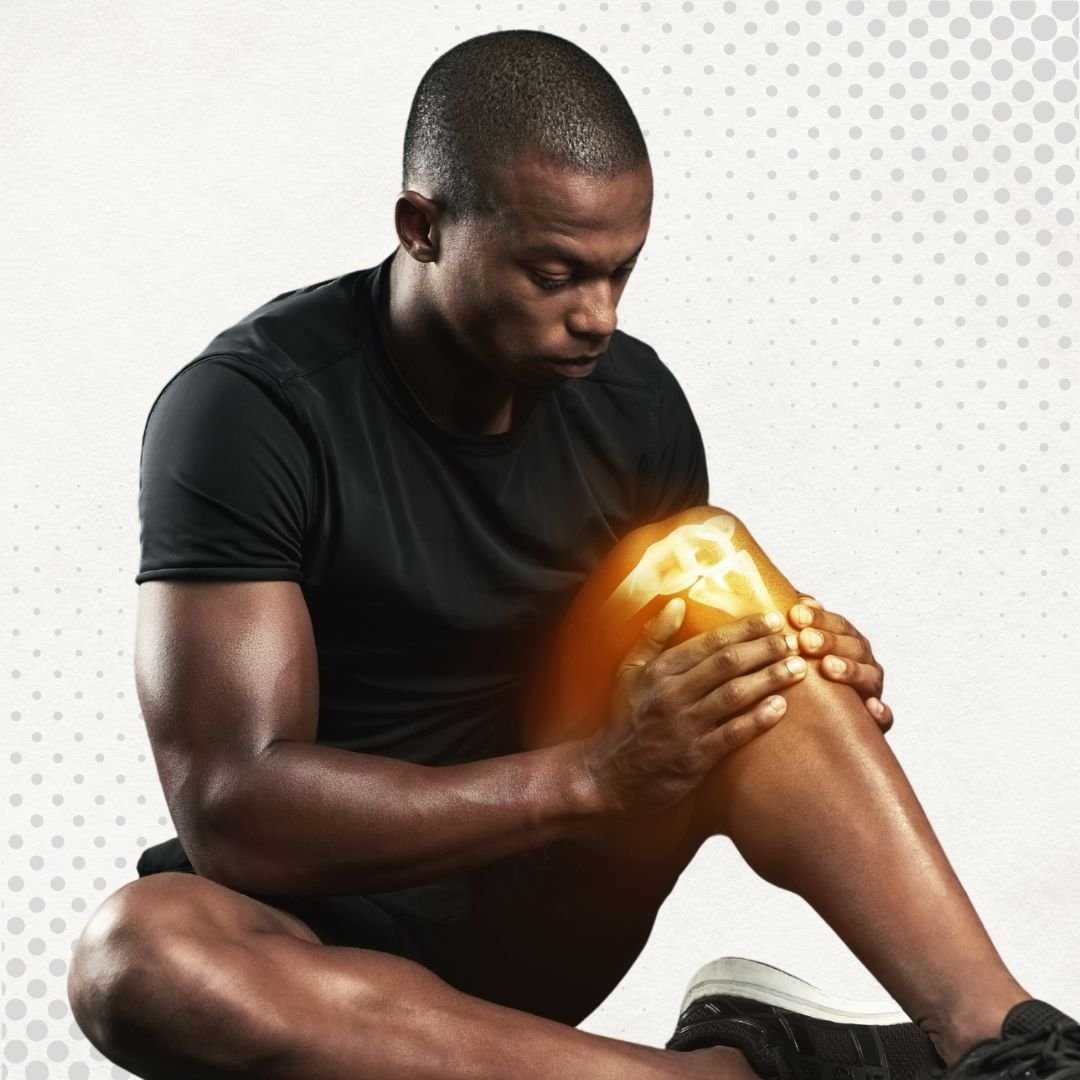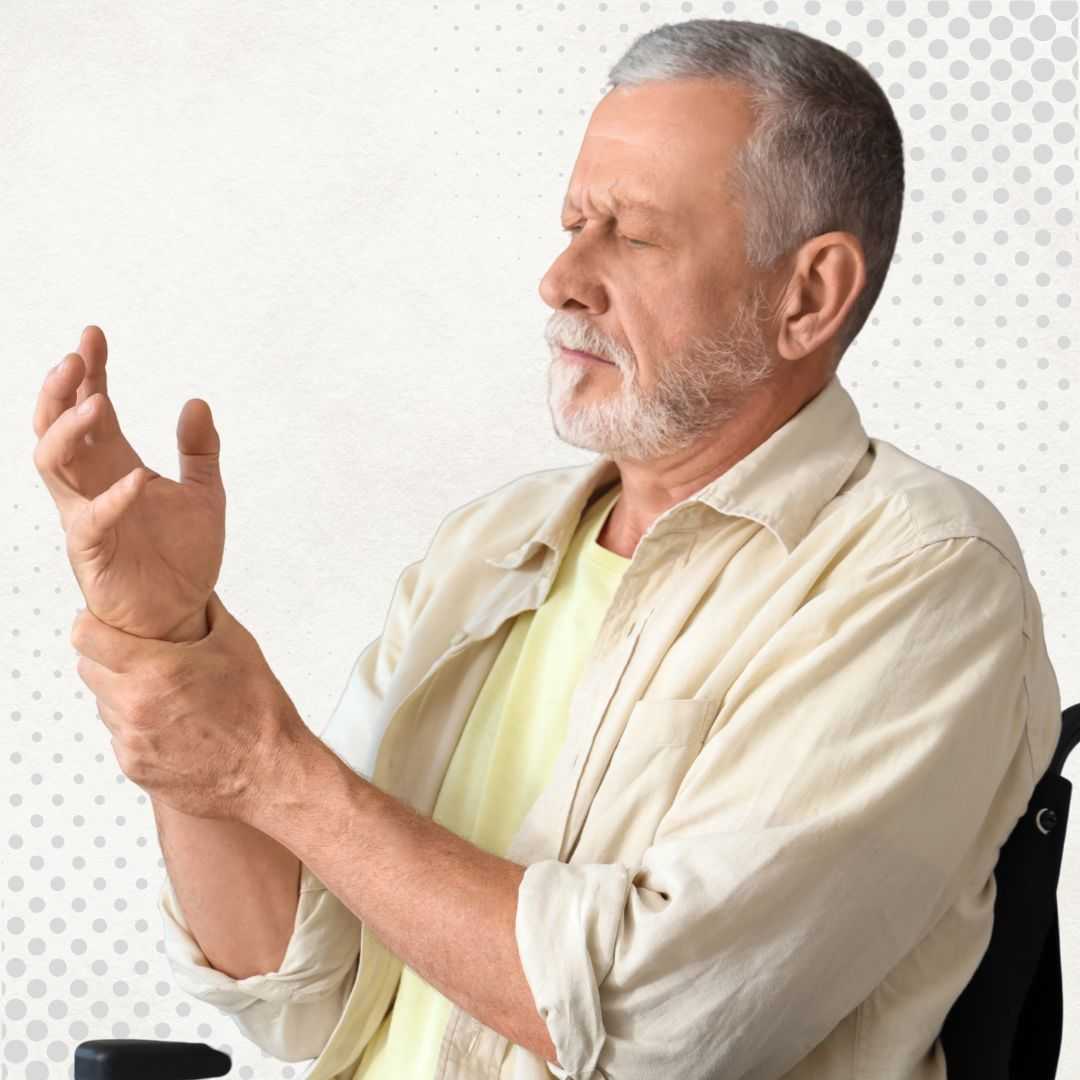
Table of Content
Key Insights at a Glance
- Range of Motion (ROM) therapy helps restore flexibility, improve mobility, and reduce joint stiffness.
- It is often used for rehabilitation after injuries, surgeries, or for conditions like arthritis.
- Seeking ROM therapy abroad can be more cost-effective, especially in top rehabilitation centers.
- Therapy options include passive, active, and assisted ROM exercises tailored to patient needs.
What is Range of Motion Therapy?
Range of Motion (ROM) therapy involves a series of exercises designed to improve joint flexibility and mobility. ROM therapy is particularly beneficial for patients recovering from injuries, surgeries, or those managing conditions like arthritis and musculoskeletal disorders. The therapy can be passive (performed by a therapist), active (performed by the patient), or assisted (a combination of patient and therapist involvement). Many patients seek ROM therapy abroad to benefit from specialized care and advanced rehabilitation techniques.
When is Range of Motion Therapy Needed?
- Joint stiffness or reduced flexibility
- Pain during movement or limited range of motion
- Post-surgery recovery to regain joint function
- Rehabilitation after injuries, including fractures and ligament tears
Latest Techniques in Range of Motion Therapy Worldwide
| Therapy Type | Description |
|---|---|
| Passive Range of Motion (PROM) | Therapist or machine moves the joint through its range without patient effort. |
| Active Range of Motion (AROM) | Patient performs exercises independently to strengthen muscles and improve flexibility. |
| Assisted Range of Motion (AAROM) | Combination of patient and therapist effort to enhance mobility while minimizing strain. |
Click here to explore various range of motion therapy packages available abroad.
Safety Concerns for Range of Motion Therapy Abroad
- Ensure the rehabilitation center is certified and follows international standards for therapy.
- Check that therapists are licensed and experienced in managing conditions similar to yours.
- Understand the clinic’s infection control and patient safety protocols.
- Confirm the center’s follow-up care options for international patients.
Benefits of Range of Motion Therapy Abroad
- Access to high-quality care and rehabilitation specialists at a lower cost.
- Availability of advanced techniques and equipment in renowned therapy centers.
- Potential for a shorter wait time for therapy sessions.
Risks Associated with Range of Motion Therapy Globally
- Possible muscle strain if exercises are not done correctly
- Risk of overstretching or joint discomfort
- Potential for inadequate care if proper follow-up is not provided
- In rare cases, improper technique can lead to ligament or tendon strain
Range of Motion Therapy Procedure
The procedure for ROM therapy may vary, depending on the patient’s condition and specific needs:
- Assessment: A detailed evaluation to identify areas of stiffness and develop a tailored therapy plan.
- Therapy Sessions: Scheduled exercises focusing on passive, active, or assisted movement, typically performed under therapist guidance.
- Progress Monitoring: Regular assessments to track improvements and adjust the therapy plan as needed.
- Home Exercise Program: Patients may receive exercises to perform at home to maintain flexibility and support recovery.
Cost of Range of Motion Therapy Worldwide | Compare Prices
| Country | Average Cost per Session (USD) |
|---|---|
| Mexico | $50 - $100 |
| Turkey | $60 - $110 |
| Thailand | $55 - $105 |
| Colombia | $45 - $90 |
| India | $40 - $80 |
| Austria | $90 - $130 |
| USA | $120 - $180 |
| UK | $100 - $150 |
Find Prices for Range of Motion Therapy Near You
FAQs Related to Range of Motion Therapy
What does range of motion therapy cost without insurance?
Without insurance, the cost of range of motion therapy varies by country and facility, generally between $40 to $180 per session. Many patients seek treatment abroad to access high-quality care at a more affordable rate.
How many sessions of range of motion therapy do I need?
The number of sessions needed depends on the patient’s condition and goals. Some may need 4-6 weeks of therapy, while others may benefit from ongoing treatment. A physical therapist will assess your needs and recommend an appropriate treatment duration.
Is range of motion therapy painful?
ROM therapy is generally gentle, but some patients may experience mild discomfort, especially in the early stages. The therapist works to ensure exercises are within safe and manageable levels to avoid strain or pain.
What conditions benefit most from range of motion therapy?
ROM therapy is beneficial for individuals with joint stiffness due to arthritis, injury recovery, post-surgery rehabilitation, and conditions like frozen shoulder or muscle weakness. It improves flexibility and functional movement.
Can I continue range of motion exercises at home?
Yes, many ROM exercises can be performed at home as part of a daily routine. The therapist typically provides guidance on specific exercises to maintain progress between sessions and after the therapy program is complete.
Book Your Appointment with PlacidWay
Interested in starting range of motion therapy abroad? PlacidWay connects you with top rehabilitation centers and experienced physical therapists globally, providing affordable, quality care tailored to your recovery needs. Take the first step toward improved mobility and book your consultation today!
Orthopedic Surgery Abroad, Knee Sugery Abroad





.png)
.png)

.png)

Share this listing